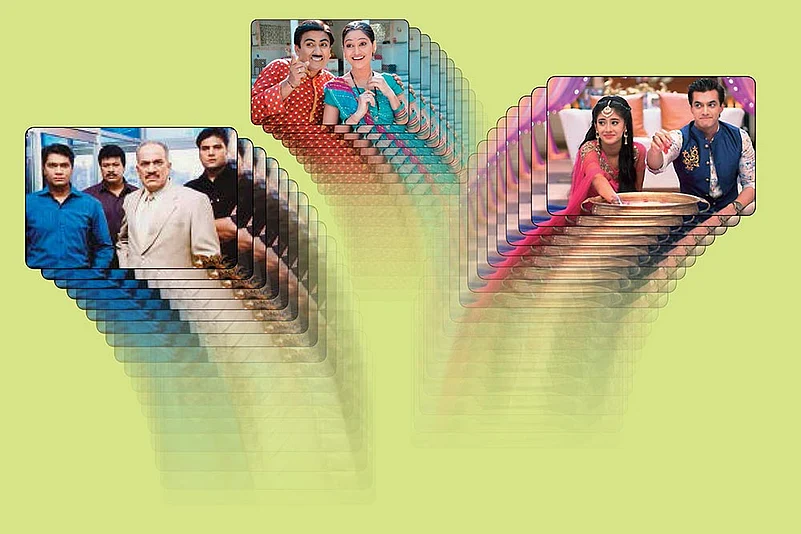“For once I’ll say it, my friends! Instead of hashtagging #endYHM stop watching it! All stories will not go as you wish as an audience! I love my TV audience, I value your opinion but our creatives work with ratings and TV norms! This is for all show fan groups! Love and respect always.”
This tweet of Ekta Kapoor—posted after the hashtag #endYHM began trending on Twitter recently, begging for the plug to be pulled on her serial Yeh Hai Mohabbatein (YHM)—gives a clear picture of what drives the entertainment bazaar on Indian television today. A band of twitterati, unable to endure one of her longest-running soaps anymore, run an online campaign to demand an immediate end to its telecast! And the czarina of Balaji Telefilms snaps back at them, making it clear in no uncertain terms that the ultimate arbiter of an on-air show is TRPs (television rating points). Her message was succinct but loud and clear: Don’t like it? Then lump it. Period! There are plenty more who do like it.
Ekta can afford to show a bit of insouciance towards anybody critical of the content generated at her Great Indian Soap Factory because of her huge credentials. A self-made TV mogul, she has churned out all kinds of serials over the past two decades—good, bad and ugly—and earned, in the process, envy and encomium in equal measure. As somebody who pretty much formed the small-screen ecosystem, she apparently wants to stick to her core motto at any cost: if a TV series, however silly or shoddy, gets good TRPs, nothing else matters. Not even constructive criticism.
And so, it’s no different with YHM. No matter how archaic, sexist or over-the-top it may appear to a discerning viewer, the fact remains that the serial has crossed 1,550 episodes ever since it premiered on December 3, 2013—not a mean feat by any standard. It’s being carried aloft on very robust viewership numbers. So the twists and turns carry on interminably and unpredictably, like a perilous warren of caves in Thailand. Take it or leave it.
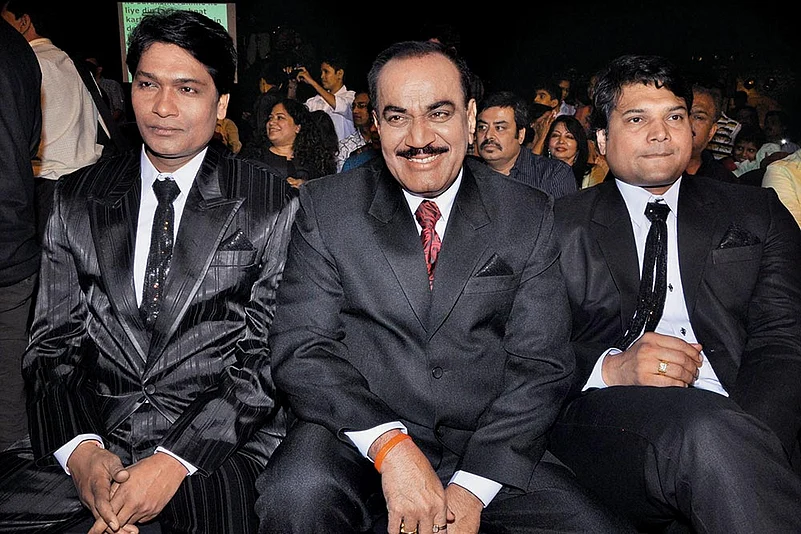
The C.I.D. team at their own ‘Gallantry Awards’ in Mumbai
It’s not the only one. Until now, if one looks at the history of satellite channels in India, altogether 29 Hindi serials, including YHM, have had a marathon run of 1,000 or more episodes. Although the first mega soap to complete 1,000 episodes, Ek Mahal Ho Sapnon Ka, did not gallop out of the Balaji stable, it was Ekta who is widely credited with having pioneered a trend of hugely successful, long-running family dramas, with back-to-back blockbusters like Kyunki Saas Bhi Kabhi Bahu Thi and Kahaani Ghar Ghar Kii at the turn of the millennium. Since then, many serials from rival production houses have cantered to similar goalposts but she remains on top of the business.
The “TV serial” is also a pan-India phenomenon, and one finds most of its essential characteristics remarkably intact across languages. None of the dialectal variations one sees in cinema apply here—the same calendar-kitsch treatment, the same vacant stares, the same petty family horizons and deadening background scores. And all over, besides the dubbed versions of the Hindi progenitors, local blockbusters exhibit similar longevity—Assamese and Bengali offer three 1,000-plus serials each, and Marathi one more. The South has its own never-ending bowls of congee (see More Spellbinding Soap Gathas).
Read Also: TV Viewers Need To Evolve | Annu Kapoor
But what makes a mega serial tick, what keeps it running for years? Don’t the audiences get tired of watching the same faces five-days-a-week, raised to infinity? How do the writers take the story forward in a coherent manner? And if ratings are the ultimate arbiter, how come YHM is at the receiving end of brickbats?
Because, despite everything, there’s also something called content. Many critics believe this serial is no longer watchable because, among other things, its portrayal of the female protagonist, who faces the stigma for her inability to conceive, is far too regressive in modern times. But no matter how repugnant the character of a baanjh (infertile) woman may appear to an enlightened, millennial viewer in the 21st century, the show has seldom been devoid of good TRPs in the past five years. This is the defining paradox of the Indian serial: ultra-regressive tropes being conveyed via the most cutting-edge technology.

Balika Vadhu
Half-a-decade is a long time in the fickle TV industry where the attention span of an average viewer is getting truncated by the day with the advent of diverse digital platforms. But soaps like YHM, regardless of their dated plots and cardboard characters, belie the prophets of doom—a fact corroborated by a recent report of the Broadcast Audience Research Council (BARC), the agency that determines the ratings of television programmes every week. ‘The Changing Face of TV in India’, its survey report, says TV penetration has seen tremendous growth across the country—jumping from 83 million households in 2004 to 197 million in 2018. That is, from 40 per cent of the total number of households in India to 66 per cent! The number of channels on air has also increased from 130-plus in 2005 to 800-plus in 2018. Those who foresee an early demise of the good, old goggle box will have to argue harder in court.
What is most striking in the report is the growth in rural India: the size of the TV universe in the villages in 2017 was 99 million households. More, in sheer numbers, than the 84 million urban households—although it covers only 52 per cent of rural India, against the 84 per cent TV penetration of urban India. It also says that 97 per cent households, including 77 per cent of large, affluent joint families, still have a single television set in a country where TV-watching remains the favourite pastime. A lot of collective consumption of tawdry serial fetishes, then.
Read Also: You Can’t Box This Idiot
The burgeoning rural-urban divide also has a bearing on changing tastes. Rural India prefers to watch the soap opera genre, urban audiences root for reality/talent search shows. Last year, 499 million people—the maximum in all genres—watched general entertainment programmes on a weekly basis, much more than any segment like news and sports.
That gets all the numbers behind soaps like YHM, which is ranked 10th at the moment on the list of long-running serials with a minimum of 1,000 episodes. Stereotypically, rural audiences love melodrama in all its manifestations, and melodrama is what most long-running soaps proffer in plenty. Leading the pack of such serials is Yeh Rishta Kya Kehlata Hai (YRKKH), the champ in terms of number of episodes (2,726 as on August 30, over nine years). The list includes Kyunki..., Balika Vadhu, Pavitra Rishta and a few others, which went off the air long ago. Still others, such as C.I.D., Savdhaan India and Taarak Mehta Kaa Ooltaah Chashmah (TMKOC), are yet to bow out of the TRP race despite running for many years.
The detective thriller C.I.D. has been on air for nearly two decades. Two of its central characters—ACP Pradyuman, played by veteran Shivaji Satam, and Daya, portrayed by Dayanand Shetty—are among the most popular faces on TV. Despite being typecast, and tied to regulation one-liners and mannerisms—the ACP’s “kuchh to gadbad hai” (something is fishy) and Daya’s door-demolition job, in particular—they have enthralled audiences across generations, and ensured a kind of longevity that even its makers might not have envisaged when it was launched way back in 1998.
The popularity of this duo can be compared only with the near-iconic status that a few other TV characters of the past and present have attained. The roll-call starts off with Tulsi Virani (played by Smriti Irani, now a cabinet minister) of Kyunki..., and goes on to Mihir Virani (Amar Upadhyay), Parvati (Sakshi Tanwar) of Kahaani Ghar Ghar Kii, Komolika Basu (Urvashi Dholakia) of Kasautii Zindagii Kay and Anandi (Avika Gor/Pratyusha Bannerjee) of Balika Vadhu. Today, Jethalal of TMKOC, an affable Everyman played by Dilip Joshi (see interview), has a huge fan-base. The popular comedy has also completed ten years.
Read Also: More Spellbinding Soap Gathas
The popularity of C.I.D. and TMKOC notwithstanding, a cursory glance at the list of mega serials vouches for the findings of the BARC survey that, as a genre, it’s neither comedy nor crime that keeps the viewers hooked. The soap opera remains the all-time favourite of the average Indian viewer. On this list, except for eight shows of comedy, crime and fantasy, all others happen to be quintessential family dramas. Little wonder, then, that Ekta remains the industry frontrunner, what with her expertise in unleashing unending saas-bahu sagas—brimful with conniving mothers-in-law and scheming daughters-in-law—on the unsuspecting viewers. Till date, at least eight of her serials have had a smooth 1,000-plus run, the most from any production house.
For all their aeon-like durations, the world of serials is not an unchanging one. Trade analysts believe it’s the uncanny ability of producers like Ekta to keep a tab on changing audience tastes that keeps them on top. Ekta was among the first producers to sense a dip in the popularity of the saas-bahu plots a few years ago. So she tried out Naagin, a hackneyed story of a snake-woman done to death in Bollywood. The show, featuring the sinuous beauty Mouni Roy in the lead, offered a novelty to audiences and was already a smash hit in its third consecutive season.

Crime Patrol
Now, her ‘creatives’ started spicing up other ongoing serials like YHM with dollops of horror and superstition, adding mind-boggling supernatural twists and throwing in characters ‘possessed’ by an evil spirit—plots labouring under the usual domestic slugfests suddenly acquired a new edge-of-the-seat thrill. She also went full-on occult with shows with names like Brahmrakshas: Jaag Utha Shaitan and Kavach: Kaali Shaktiyon Se. The whole gamut of atavistic evil is now a television staple.
Not a particularly happy situation in a country where rational thought can often come in meagre rations. Many TV critics, therefore, consider the proliferation of supernatural leitmotifs in Indian soaps to be a regressive movement. Alternative views are indeed possible too (see You Can’t Box This Idiot). The bottomline, however, is that audiences do lap up such content. Today, a slew of bizarre dramas around ghosts, witches, exorcists and even flying snakes coexist alongside the diabolical saas-bahu pairs. Sometimes, all of them are integrated so well into the same narrative that one begins to wonder whether the Indian television is singing hosannas to the Barjatyas and the Ramsays in the same breath. As a result, there’s hardly any general entertainment channel that’s not swayed by TRP pull of the supernatural.
At a fundamental level, this is not new. Indian TV has been labelled a veritable repository of overtly regressive, patriarchal and misogynistic material for a long time. But is it true that only serials with backward-looking content climb up the popularity charts? Not really, says Raam Pandey, director of YRKKH, the number one serial today in terms of number of episodes. “Our show has attained the number one position because of sheer hard work. We have to maintain that,” Pandey tells Outlook. “We believe in the ‘no-pain-no-gain’ philosophy. Even after 2,727 episodes (as on August 30), we work on each new episode as if we are working on our pilot episode. Every day we ask ourselves, are we providing anything new to the viewers without compromising on content?” The family is at the centre on both sides of the screen. “We can’t afford to show anything that’s not suitable for family viewing,” says Pandey.
Actor Anup Sonii, who has starred in four 1,000-plus shows (Kahaani Ghar Ghar Kii, C.I.D., Balika Vadhu and Crime Patrol), feels that content is not the only reason behind a serial’s popularity—sometimes, audiences get attached to a particular serial. “Not every time is a producer at fault for stretching a serial beyond a reasonable time,” he says. “Sometimes the viewers also want a particular show to run endlessly. I left Crime Patrol after hosting 1,600 episodes over eight years, but I still get messages from people saying they want to see me in the same serial.”

Smriti Irani with her Kyunki... team on set
Sonii, who left television in April this year to restore his movie career, says a serial like Balika Vadhu may have been pilloried for depicting a child bride, but it turned out to be a hit because such a story hadn’t quite been seen before. “Besides, its writing and production values were excellent,” he states.
Balika Vadhu, incidentally, was the first serial to complete 2,000 episodes despite facing criticism over its subject matter. Sonii is averse to the idea that such stories should not be telecast. “If you want to show why child marriages are wrong, you have to show it through a story like Balika Vadhu. How can you talk about the virtues of Ram without showing Ravan?” he asks. Still, a time came when Sonii himself felt its story was being stretched. “I left the serial after four years when I realised I wasn’t enjoying it anymore,” he said.
Scriptwriter Rajat Aroraa, who has written Bollywood blockbusters like Once Upon A Time in Mumbaai (2010), The Dirty Picture (2011) and Kick (2014), concurs with Sonii’s opinion that serials can grow on the viewers. “ACP Pradyuman, Daya and other characters of C.I.D. have been around for so many years that viewers appear to have forged a special bond with them,” says Aroraa. “They are especially popular among children—you can call them India’s Famous Five. Generations have grown up watching them.” Aroraa, who had written several episodes of C.I.D. in his early years, says one reason why it “remains as popular even after 20 years” is meticulous research and planning. “Its maker (B.P. Singh) has vast knowledge about the way police works and his team pays attention to the minutest of details to make the serial look authentic.”
It is, however, not necessary that a serial ought to be a marathoner to emerge as a classic. In fact, some of the longest-running serials got visibly dated while on air. In contrast, others with a relatively shorter run are remembered for the quality of their content years after their final episode was telecast. For instance, Hum Log (1984-85) and Buniyad (1986-87), the two iconic family soaps from the Doordarshan era, had a lifespan of only 154 and 105 episodes, but they rank among the all-time TV classics. Veteran actress Supriya Pilgaonkar, who played the central character of Ishwari in Kuchh Rang Pyaar Ke Aise Bhi, does not think ‘1,000-plus’ is any kind of marker. “I had done Durga Khote’s serial, Kshitij Ye Nahi, long ago,” she says. “It ran only for 13 episodes but people still talk about it.”
Pilgaonkar, who has just done a web series, Home, for Ekta, says the proliferation of soap operas has ensured something for every section of the audiences. “When I asked my domestic help the other day why she is smitten with Naagin, she said she gets a thrill watching a beautiful woman turn into a snake on screen,” Pilgaonkar quips.
Nonetheless, a show such as Naagin is often in the firing line of rationalists and their ilk for stoking superstition in society. Last year, a serial called Pehredaar Piya Ki, which showed the relationship of a ten-year-old prince with an older woman, raised the hackles of child rights activists—they forced it to be yanked off only after 31 episodes. But that was certainly an exception to the rule, as many other serials, equally or much more dodgy, have had uninterrupted runs and re-runs.
Shipra Jha, Asia head of Girls Not Brides, a UK-based organisation working globally for an end to child marriage, says serials contribute to gender discrimination and violence by glamourising child marriages and perpetuating negative stereotypes about women. “It’s important to remember that India is still the country with the highest number of child brides in the world where one in four girls is married before the age of 18. Child marriage violates basic human rights but television serials rarely show that,” she says.

F.I.R.
Jha points to the reformative role television shows can help play. “A great example is the Main Kuch Bhi Kar Sakti Hoon series on Doordarshan, produced by the Population Foundation of India,” she says. Shows that reinforce the centrality of marriage and glamourise associated rituals “fail to promote alternative roles for girls and women beyond that of wife or mother,” she adds.
But then, the great Indian wedding is a powerful trope that exerts its pull beyond soaps. The BARC report says marriage tracks give a 13 per cent boost to a show’s ratings. “Viewers are enamoured by the lavishness, the feel good factor,” it says. Which channel will let go of this TRP-friendly hook and switch over to something didactic?
Entertainment writer Vinod Anupam thinks it’s not possible. “Indian television has not evolved beyond the template of commercial gains. If one serial featuring a snake-woman becomes a hit, every channel follows,” he says. “Sasural Simar Ka, for example, was doing fine as a conventional family drama but suddenly a supernatural element crept into the narrative.”
Anupam believes this glut of the occult owes to the shift in focus from urban to rural markets. “Content is being modified these days to suit their taste,” he adds. “Indian TV is no longer urban-centric.” Anupam says many old, popular serials with a certain brand value such as Kasautii Zindagii Kay are being rebooted with a new star-cast merely to tap new audiences from the hinterland, who had not seen the original.
He has a point. According to the BARC survey, better electricity supply and distribution networks, easy access to direct-to-home (d2H) services and an increasing middle class have seen TV audiences growing beyond the urban centres. And a TV penetration of only 52 per cent means the remaining 48 per cent rural Indian households are waiting to be tapped. As urban viewers get lured away gradually by over-the-top platforms such as Netflix, Amazon Prime Video and other digital media, it’s anybody’s guess which direction the television industry will veer towards in the years to come. Are producers working on prejudices about what rural audiences want? It’s a moot question. But television, once the mark of an urban edge, is definitely looking to settle in the village.
***
Yeh Rishta Kya Kehlata Hai
- Channel: Star Plus
- Episodes: 2,726*
- Jan 12, 2009 - Still on air Depicts a Rajasthan-based family. It is, episode-wise, the longest running serial ever
Savdhaan India
- Channel: Life OK/Star Bharat
- Episodes: 2,550
- April 12, 2012 - Still on air Focuses on real-life crime incidents and highlights the need for being alert.
Taarak Mehta Ka Ooltah Chashmah
- Channel: Sony SAB
- Episodes: 2,544
- Jul 28, 2008 - Still on air Based on a Gujarati magazine column written by the late journalist-playwright Taarak Mehta.
Balika Vadhu
- Channel: Colors
- Episodes: 2,245
- Jul 21, 2008 - Jul 31, 2016 The story set in rural Rajasthan traces the journey of a child bride from childhood to womanhood.
Saath Nibhaana Saathiya
- Channel: Star Plus
- Episodes: 2,184
- May 3, 2010 - Jul 23, 2017 It explores the morals and values of a Gujarati family.

Sasural Simar Ka
- Channel: Colors
- Episodes: 2,063
- Apr 25, 2011 - Mar 2, 2018 The story revolves around the lives of two sisters from Vrindavan.
Crime Patrol
- Channel: SET
- Episodes: 2,022
- May 9, 2003 - Still on air The first TV show where the camera travelled with the law enforcement agencies to capture crime live.
*As on August 30, 2018
Kyunki Saas Bhi Kabhi Bahu Thi
- Channel: Star Plus
- Episodes: 1,833
- Jun 3, 2000 - Nov 6, 2008 Depicting an ideal Gujarati family, it remained the number one serial for eight long years.
Kahaani Ghar Ghar Kii
- Channel: Star Plus
- Episodes: 1,661
- Oct 16, 2000 - Oct 9, 2008 The show underlined the virtues of a fast-disintegrating joint family.
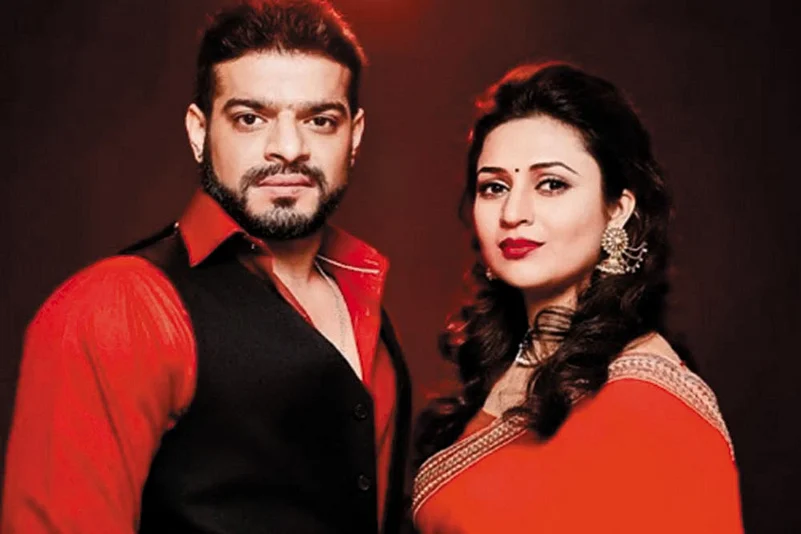
Yeh Hai Mohabbatein
- Channel: Star Plus
- Episodes: 1,557
- Dec 3, 2013 - Still on air Depicts a love story, it is partially based on Manju Kapur’s novel, Custody.
Uttaran
- Channel: Colors
- Episodes: 1,549
- Dec 1, 2008 - Jan 16, 2015 It ran for seven years, depicting a tale of two friends from different economic backgrounds.
C.I.D.
- Channel: SET
- Episodes: 1,536
- Jan 21, 1998 - Still on air The oldest running detective serial, which has made characters like ACP Pradyuman and Daya household names.

Chidiya Ghar
- Channel: SAB TV
- Episodes: 1,522
- Nov 28, 2011 - Oct 2, 2017 A sitcom, where all the characters had the name of birds and animals.
Diya Aur Baati Hum
- Channel: Star Plus
- Episodes: 1,487
- Aug 29, 2011 - Jun 1, 2018 The story narrates the journey of a young woman who has to find a way to her dreams.
Kumkum: Ek Pyara Sa Bandhan
- Channel: Star Plus
- Episodes: 1,449
- Jul 15, 2002 - Mar 13, 2009 A tale of the daughter-in-law of a family that decides to get her remarried after the demise of her husband.
Pavitra Rishta
- Channel: Zee TV
- Episodes: 1,424
- Jun 1, 2009 - Oct 24, 2014 A love story of a couple played by Sushant Singh Rajput and Ankita Lokhande showing the difficulties in getting married.
Kasautii Zindagii Kay
- Channel: Star Plus
- Episodes: 1,423
- Oct 29, 2001 - Feb 28, 2008 It explores the trial and tribulations of a couple in love, who remain separated.
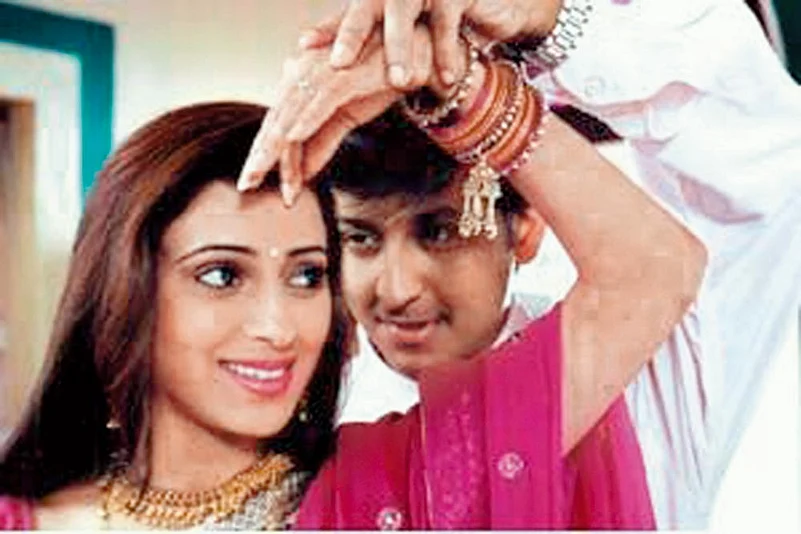
Who Rehne Waali Mahlon Ki
- Channel: Sahara One
- Episodes: 1,387
- May 30, 2005 - Jan 20, 2011 A rick girl-weds-poor guy story with oodles of twists, turns and tragedies.
Bhabhi
- Channel: Star Plus
- Episodes: 1,328
- Mar 18, 2002 - Mar 23, 2008 A family social revolving around the all-sacrificing sister-in-law of a large family.
F.I.R.
- Channel: SAB TV
- Episodes: 1,323
- Jul 31, 2006 - Jan 23, 2015 A situational comedy around a Haryanvi woman police officer and her three subordinates.
Kumkum Bhagya
- Channel: Zee TV
- Episodes: 1,178
- Apr 15, 2014 - Still on air Loosely based on Jane Austen’s novel, Sense and Sensibility, it revolves around strong women characters.
Udaan Sapnon Ki
- Channel: Colors
- Episodes: 1,126
- Aug 18, 2014 - Still on air It highlights the issue of bonded labour through a story set in an Indian village.
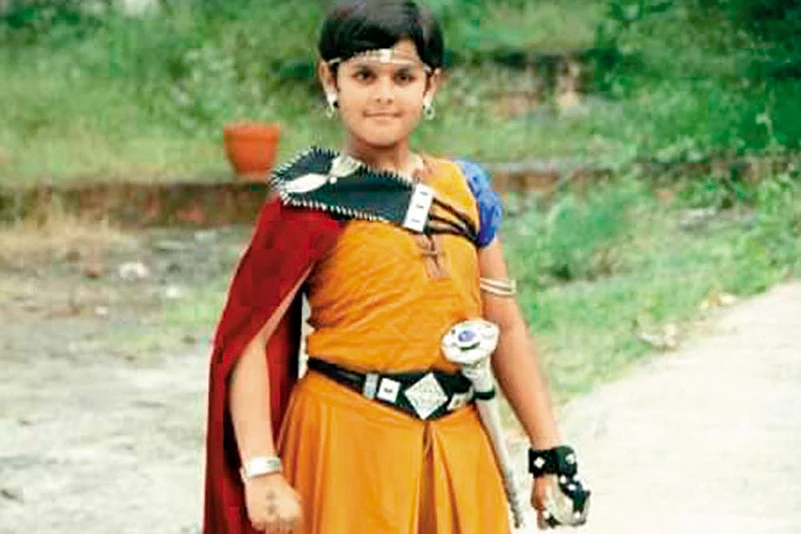
Baal Veer
- Channel: SAB TV
- Episodes: 1,111
- Oct 8, 2012 - Nov 4, 2016 A children’s fantasy series, it’s a story about a boy’s superpowers.
Lapataganj
- Channel: SAB TV
- Episodes: 1,077
- Oct 26, 2009 - Aug 15, 2014 Based on the novel of Hindi satirist Sharad Joshi, it depicted an imaginary town called Lapataganj.
Dil Dostii Dance
- Channel: Channel V
- Episodes: 1,044
- Apr 11, 2011-Jan 9 2015 A dance-based show that traces the journey of college students and their passion for dance.
Suhani Si Ek Ladki
- Channel: Star Plus
- Episodes: 1,013
- June 9, 2014-May 21, 2017 A story about a girl who loves everyone, it resonated with the young women pursuing their dreams and aspirations.
Na Aana Is Desh Laado
- Channel: Colors
- Episodes: 1,003
- March 9, 2009-May 23, 2018 The show, with two spin-offs, portrayed various social evils prevalent in the country through the characters of a dominant woman and an educated girl.
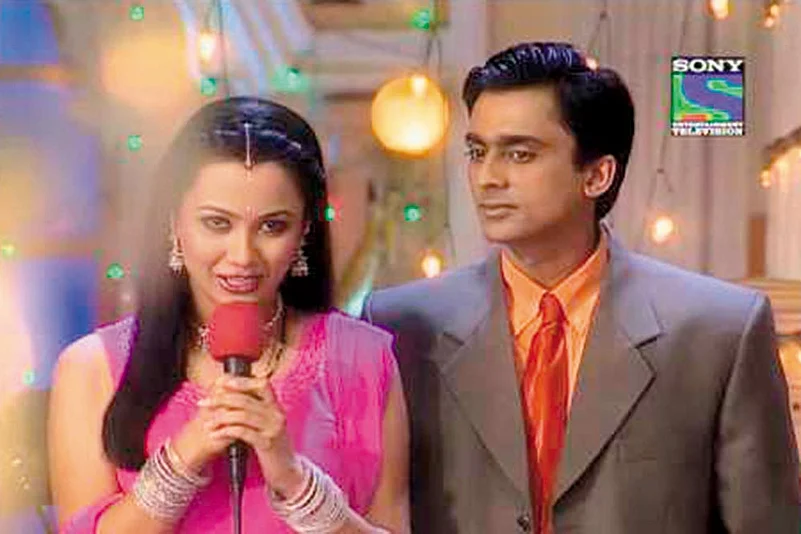
Kkusum
- Channel: SET
- Episodes: 1,001
- May 2, 2001-Nov. 30, 2005 One of the early serials from the Balaji factory, it is the story of middle-class values narrated through a strong-willed eponymous character.
Ek Mahal Ho Sapnon Ka
- Channel: SET
- Episodes: 1,000
- 1999-2002 The first series to cross 1,000 episodes, it chronicles the life of a business tycoon who heads a joint family through its trials and tribulations.






